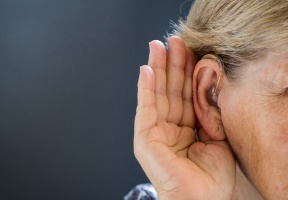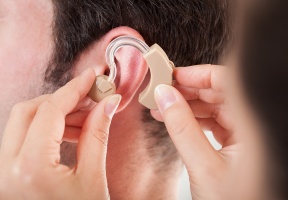

By Dr. Gary Grosel, chief medical officer, UnitedHealthcare of Illinois
Edited by Lawndale Bilingual News
The sounds of summer are here: kids playing outside, crickets chirping and the ice cream truck’s familiar melody. But for a growing number of Illinoisans, these sounds are becoming more difficult – or impossible – to hear. Hearing loss affects more than 48 million people nationwide, and it could become more widespread in the coming years due to an aging population and our increasingly noisy world. To help people reduce their risk of hearing loss and become more informed about the nation’s third most common chronic condition, here are a few myths – and the facts – to consider:
Hearing loss affects only older people: While it is true that most people’s hearing naturally declines as we age, the condition can affect people in their 30s, 40s and 50s. In fact, nearly one-third of people with hearing loss are 59 or younger. The condition could affect more people in the coming decades, as more than 1.1 billion young adults worldwide are at risk of developing hearing loss, according to a study by the World Health Organization.
Hearing loss can’t be prevented: Exposure to loud sounds – both one-time or cumulatively – can contribute to noise-induced hearing loss. To help reduce your risk, limit exposure to loud sounds and consider using ear protection, especially at sporting events and music concerts where sounds can often exceed 100 decibels. When listening to music or movies on a mobile device, people should consider over-the-ear headphones – especially models with noise-cancelling properties – as those are generally considered a better option than earbuds. When using earbuds, follow the “60/60 rule”: listen for no more than 60 minutes at a time and at no more than 60 percent of the player’s maximum volume.
Hearing aids are expensive and bulky: Hearing aids can be expensive, but more affordable options are becoming available. Direct-to-consumer hearing aids can enable people to save up to 80 percent compared to devices sold through traditional channels. And a growing number of health plans are offering coverage for hearing aids, including through some Medicare Advantage and employer-sponsored benefit plans. Plus, newer advances are making hearing aids smaller and more comfortable than those from previous generations, while incorporating fall-detection capabilities and blue-tooth technology to synch with smartphones and other digital devices.
With hearing loss on the rise, now is the time for prevention and treatment. By dispelling these myths and taking recommended precautions, people can enjoy the sounds of summer and help maintain their hearing health.












